Foods that are red include raspberries, tomatoes, red pepper and more. Red is a powerfully nutritious color to eat when you are trying to eat the rainbow. Try my raspberry cocoa smoothie for one example of a red food.
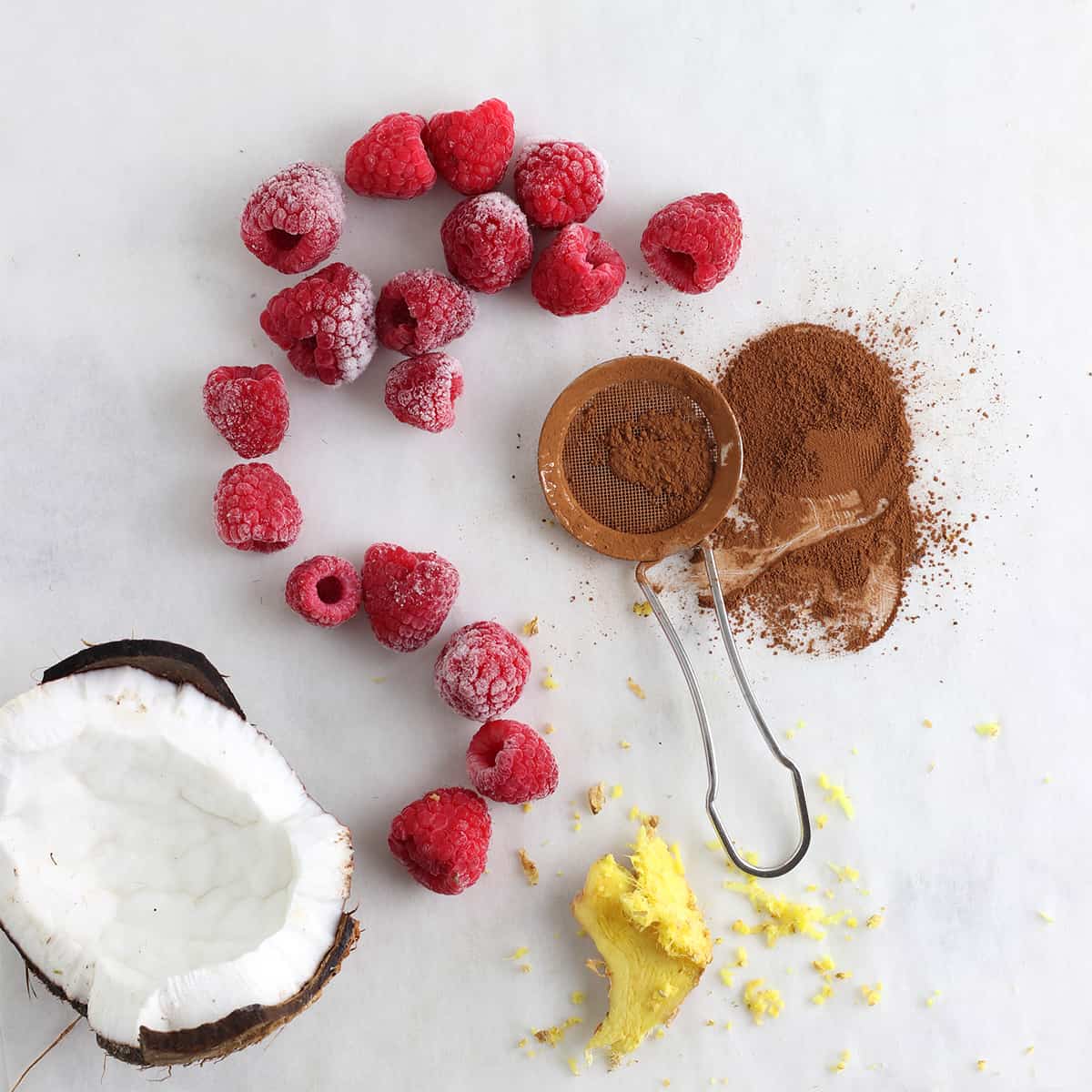
Including foods that are red in your diet adds antioxidants which fight inflammation, and lycopene which helps you absorb vitamin C and other vital nutrients typically found in red-colored foods. Incorporating naturally red foods, along with a diverse array of colors, provides nutritional advantages and promotes a balanced diet.
The smoothie recipe featured at the end of this post exemplifies a fresh and creamy red-centric dish. In my how to eat the rainbow post, I explain the benefits of eating red, yellow, orange, green, blue, purple and white foods each day and provide a free download.
Jump to:
How Foods Get Red Color
Red foods get their vibrant color from natural pigments called anthocyanins and lycopene. Anthocyanins, found in fruits like cherries, strawberries, and raspberries, are antioxidants, also found in purple and blue foods in different number, provide the natural red hue found in red foods. Lycopene, found in tomatoes and watermelon, is another pigment that gives a red color.
Health & Nutrition
Red foods are not only beautiful in color but also rich in essential nutrients. For example, strawberries and cherries are high in antioxidants, including the powerful anthocyanins, and vitamin C, all of which support the immune system, and skin and organ health. Tomatoes contain lycopene, which helps the body absorb nutrients, and is known for its antioxidant properties, which may help protect cells from damage.
A List of Common Red Foods
Apple
Apples are crisp and sweet with a slight tartness. They are rich in antioxidants, particularly vitamin C. Popular types include gala, fuji, and honeycrisp.
Beet
Beets have a sweet and earthy flavor. They are a good source of folate and manganese. Popular types include red ace, and chioggia beets.
Blood Orange
Blood oranges have a sweet and citrusy flavor with a hint of raspberry. They are rich in vitamin C and anthocyanins. Popular types include moro, tarocco, and sanguinello blood oranges.
Cherry
Cherries are juicy and sweet, with a hint of tartness. They contain anthocyanins and vitamin C. Popular types include bing, rainier, and montmorency cherries.
Cranberries
Cranberries are sweet and sour, and full of antioxidants, as well as nutrition linked to anti-viral properties. The round berries have manganese, copper, vitamins C, E and K1. They are incredibly healthy because of the antioxidants. Popular types include ben lear, crimson queen, and early black.
Currant
Currants have a sweet and slightly tart taste. They are rich in vitamin C and antioxidants. Popular types include red lake, rovada, and cherry red currants.
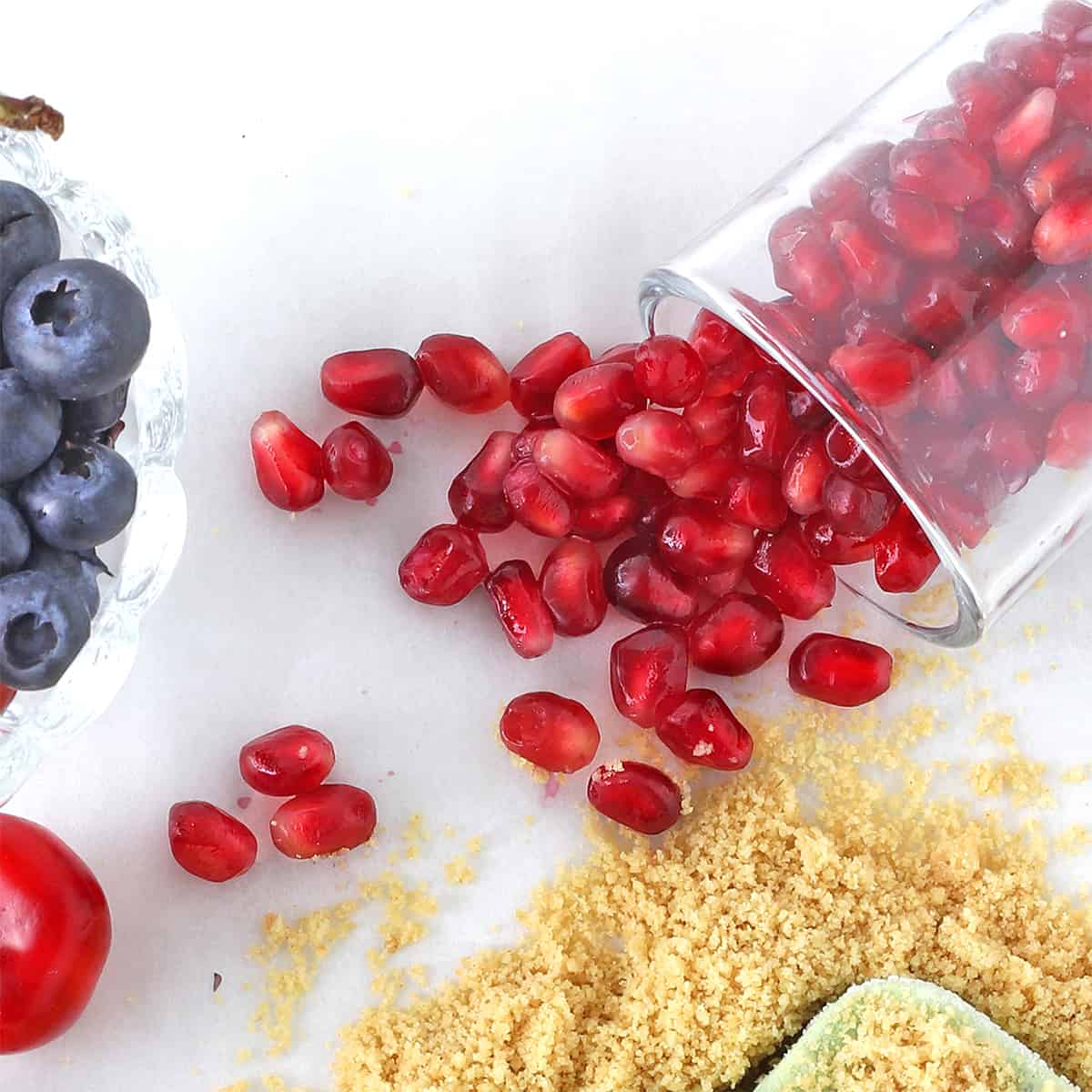
Dragon Fruit
Dragon fruit, also known as pitaya, has a mildly sweet taste with a texture similar to kiwi. It is a good source of vitamin C and fiber. Popular types include red pitaya, and costa rican sunset varieties.
Grape
Red grapes are sweet with a mild, juicy flavor. Like their green and purple cousins, red grapes are rich in resveratrol and vitamin K. Popular types include thompson seedless, and red globe grapes.
Guava
Guavas are sweet and fragrant with a tropical flavor. They are high in vitamin C and dietary fiber. Popular types include red malaysian, ruby supreme, and strawberry guava.
Pepper
Peppers come in various colors, and red peppers have a sweet and slightly spicy taste. They are high in vitamin C. Popular types include bell, pimiento, and cherry peppers.
Plum
Plums are sweet and juicy with a slightly tart skin. They are a good source of vitamin K and fiber. Popular types include santa rosa, black beauty, and satsuma plums.
Pomegranate
Pomegranates have a unique combination of sweet and tart flavors. They are rich in antioxidants, particularly punicalagins and anthocyanins. Popular types include wonderful, haku botan, and red silk pomegranates.
👉Want to Save This Recipe?
Radish
Radishes have a crisp texture and a mildly peppery taste. They are a good source of vitamin C and fiber. Popular types include cherry belle, french breakfast, and easter egg radishes.
Raspberry
Raspberries are sweet and slightly tart. They are rich in antioxidants like quercetin and vitamin C. Popular types include heritage, autumn bliss, and nova raspberries.
Red Onion
Red onions have a mild and slightly sweet taste. They are a good source of vitamin C and antioxidants. Popular types include red creole, red bull, and red wing onions.
Rhubarb
Rhubarb has a tart taste and is commonly used in desserts. It is a good source of vitamin K and dietary fiber. Popular types include victoria, canada red, and crimson red rhubarb.
Strawberry
Strawberries are sweet and juicy with a hint of tartness. They are high in vitamin C and manganese. Popular types include june-bearing, everbearing, and albion strawberries.
Tomato
Tomatoes have a sweet and slightly tangy taste. They are rich in lycopene and vitamin C. Popular types include roma, cherry, and beefsteak tomatoes.
Watermelon
Watermelons are incredibly juicy with a sweet and refreshing taste. They are high in hydration and contain lycopene. Popular types include crimson sweet, sugar baby, and jubilee watermelons.
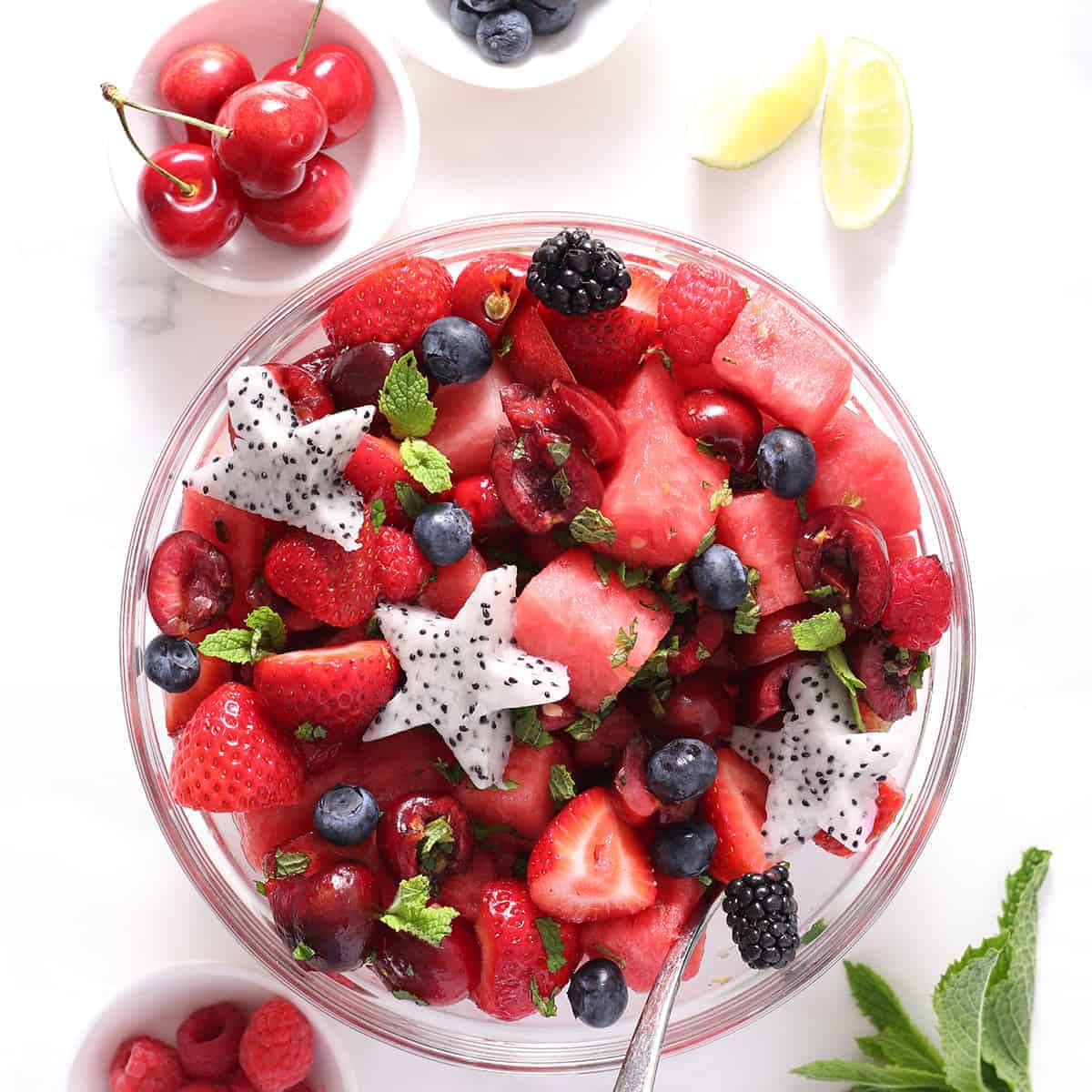
Other Lesser Known Red Foods
There are some red foods that are hard to find and depend on your location and the season. These include red dragon fruit, blood oranges, red currant berries, and red seaweed.
Red Foods That Are Processed
Many processed foods and snacks are colored red using artificial food dyes. Some popular examples include red candies, Jell-O and gelatin desserts, breakfast cereals, flavored popcorn, processed snack cakes, fruit snacks, colored chips, processed baked goods, sodas and fruit drinks.
It's important to note that while these red-colored processed foods and snacks are widely available, they can have negative health effects. Reading food labels can help you identify whether a product contains artificial colors.
Expert tip: Processed foods dyed red are unhealthy and are not to be included among red foods you might eat for nutrition within the eat a rainbow diet.
How to Dye Foods Red
Don't use artificial food dyes full of chemicals. Use natural foods to color your edibles instead. Use beet juice to achieve a vibrant red or pink color. Add drops of beet juice to frosting, smoothies, or desserts as you would any artificial food coloring.
FAQS
Red beets, red berries and red grapefruit are considered super red foods because they are particularly high in compounds that are known to support immunity, bolster organs and fight disease.
Be sure and visit the USDA for more detail on the nutrition make up of fruits and vegetables. And remember to run any specific medical questions by your own doctor, as well as to get confirmation that my information works for you as I am not a medical professional.
More Color Themed Foods
If you tried this recipe or any other recipe on my website, please leave a 🌟 star rating and let me know how it went in the 📝 comments below. Thanks for visiting!
📖 Recipe
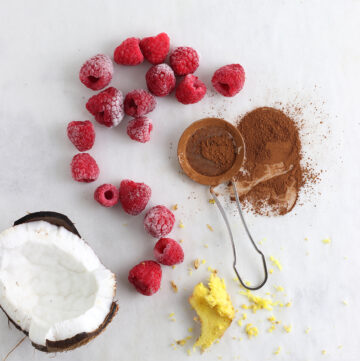
Foods that are Red: Raspberry Chocolate Smoothie
Equipment
Ingredients
- 1 cup raspberries, frozen
- ½ cup strawberries, fresh or frozen
- 1 tablespoon unsweetened cocoa
- ¼ teaspoon ground ginger
- 1 cup milk
- 1 teaspoon vanilla extract
- pinch salt
👉Want to Save This Recipe?
Instructions
- Add all ingredients to a blender.
- Process until creamy.

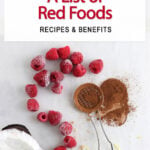
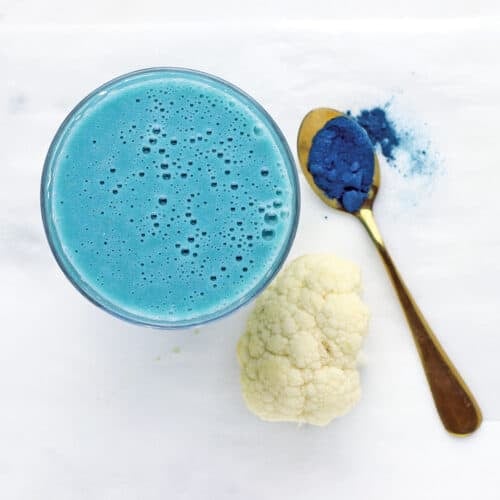
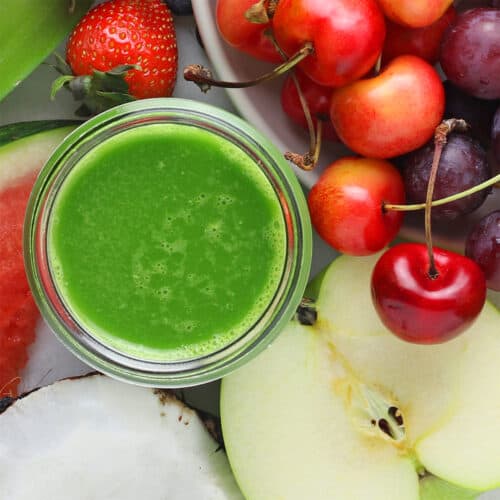
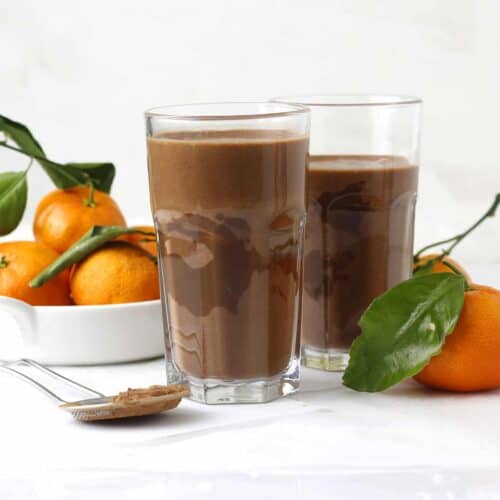
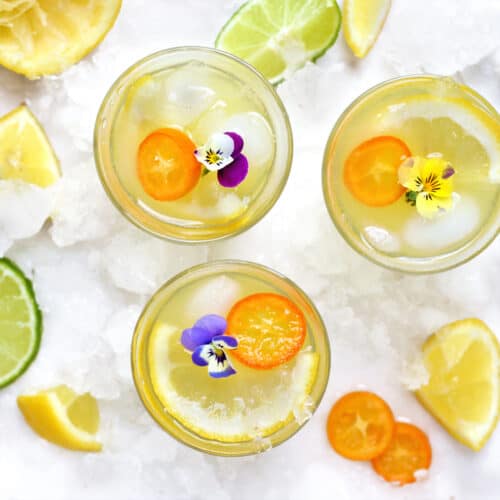

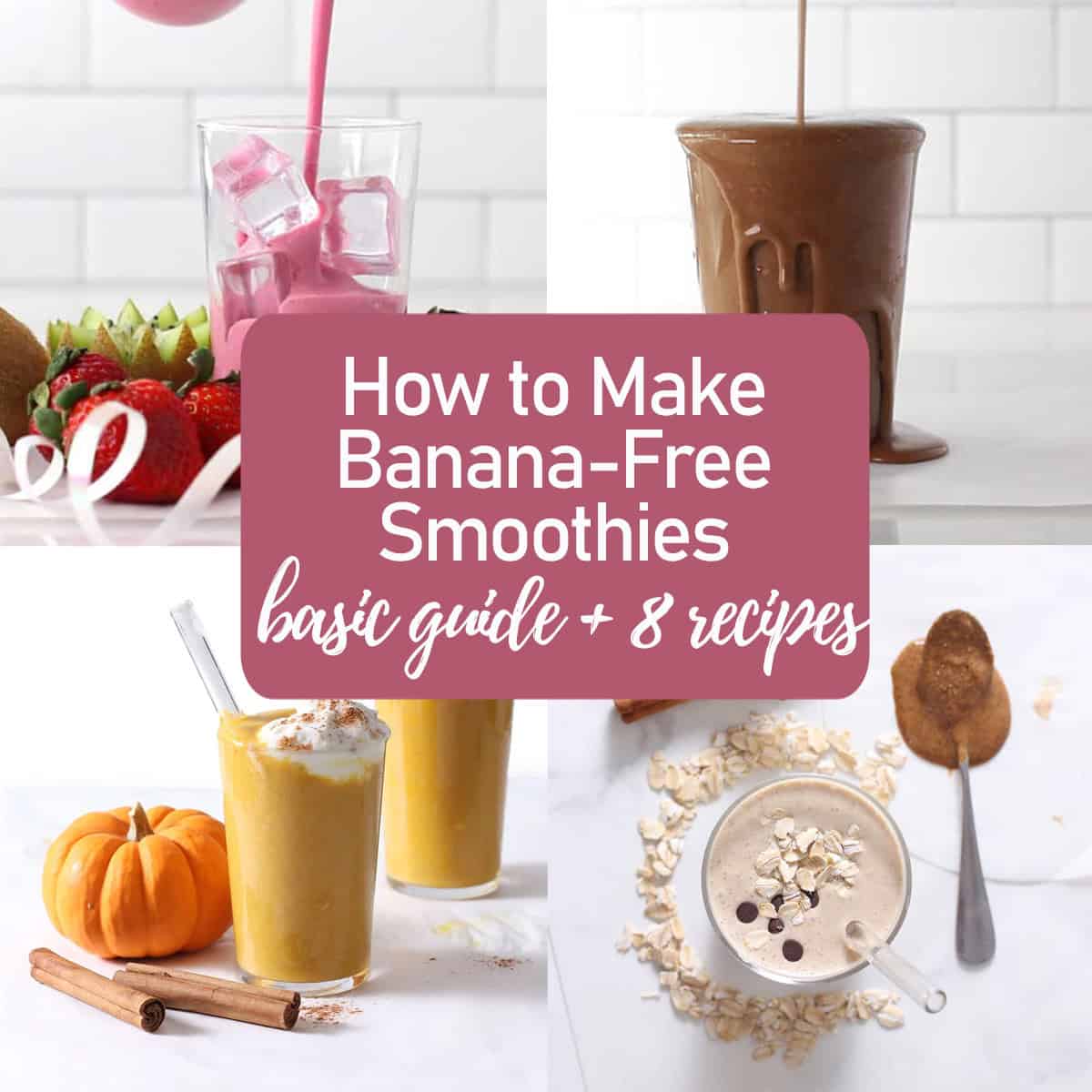


Leave a Reply